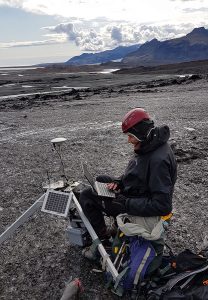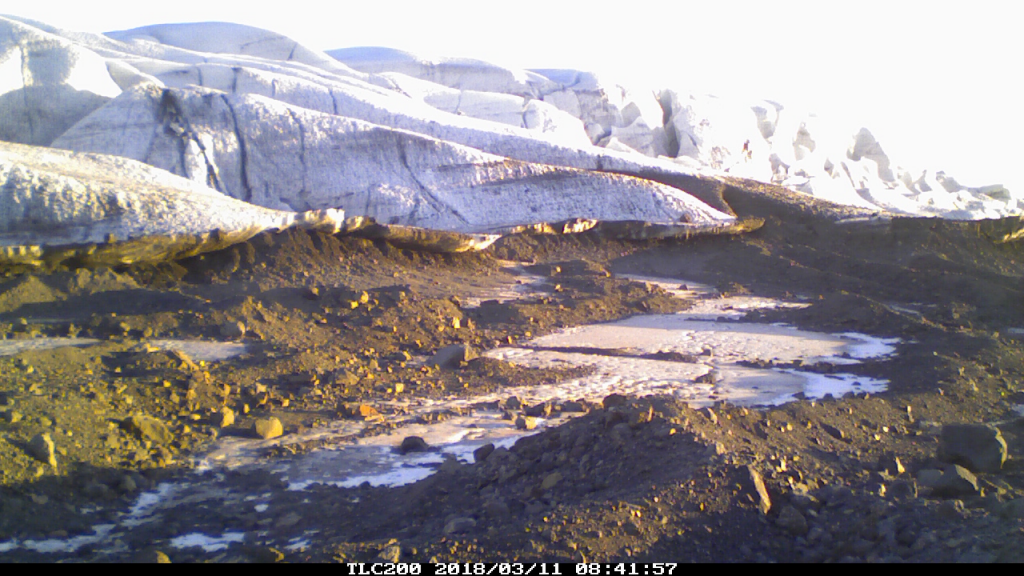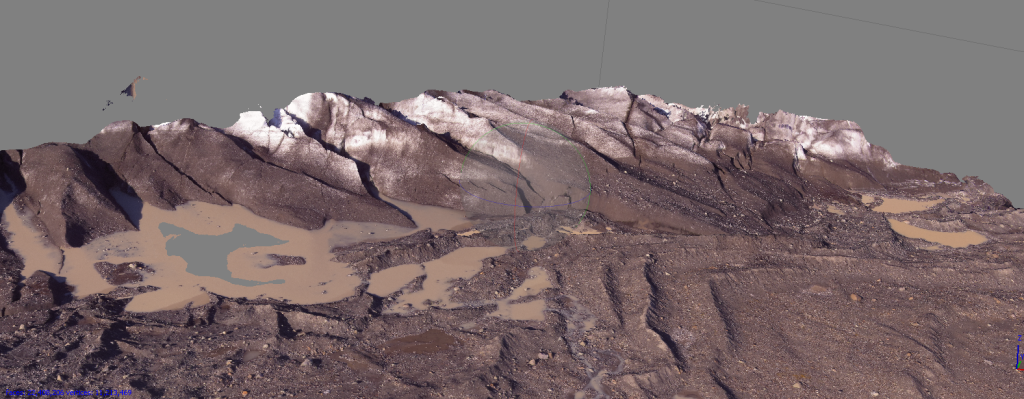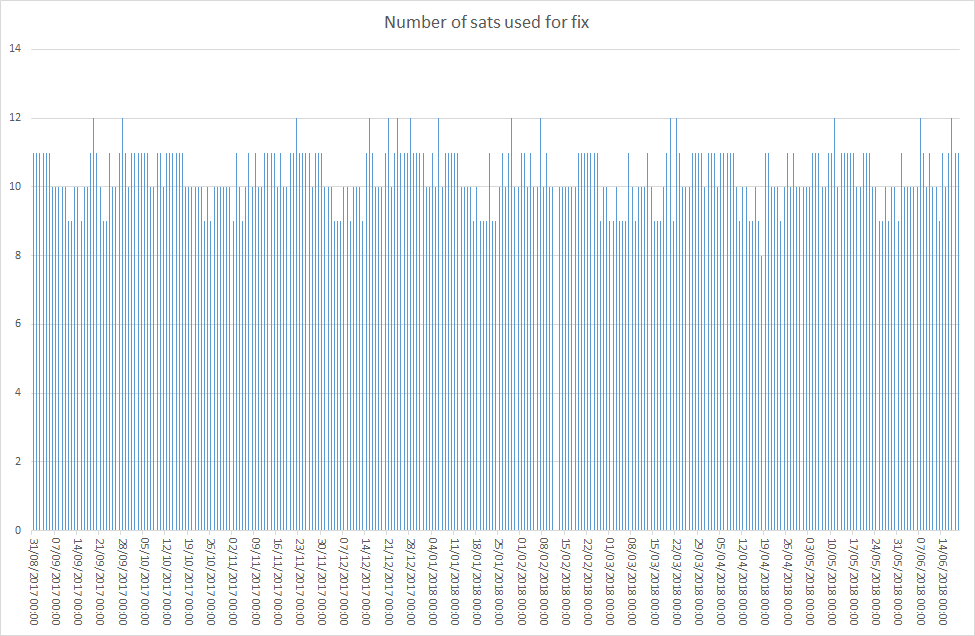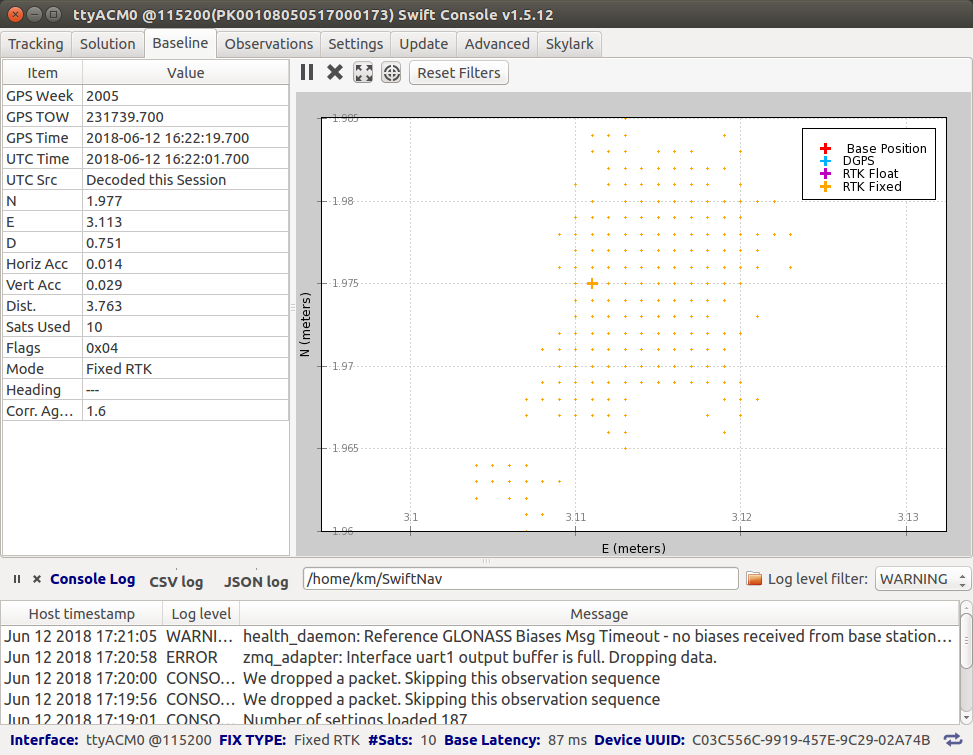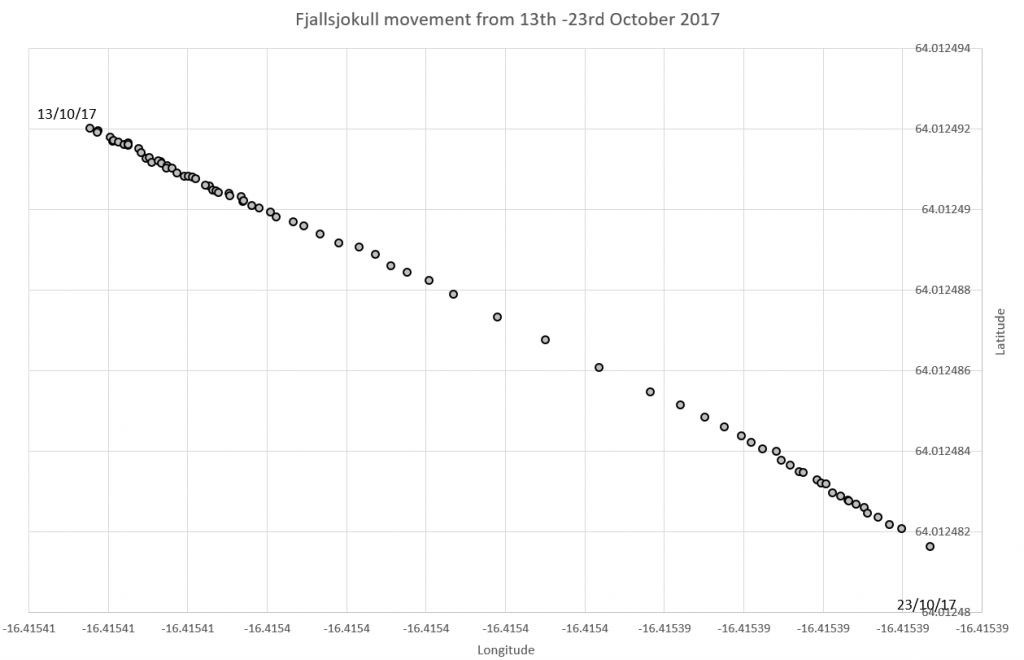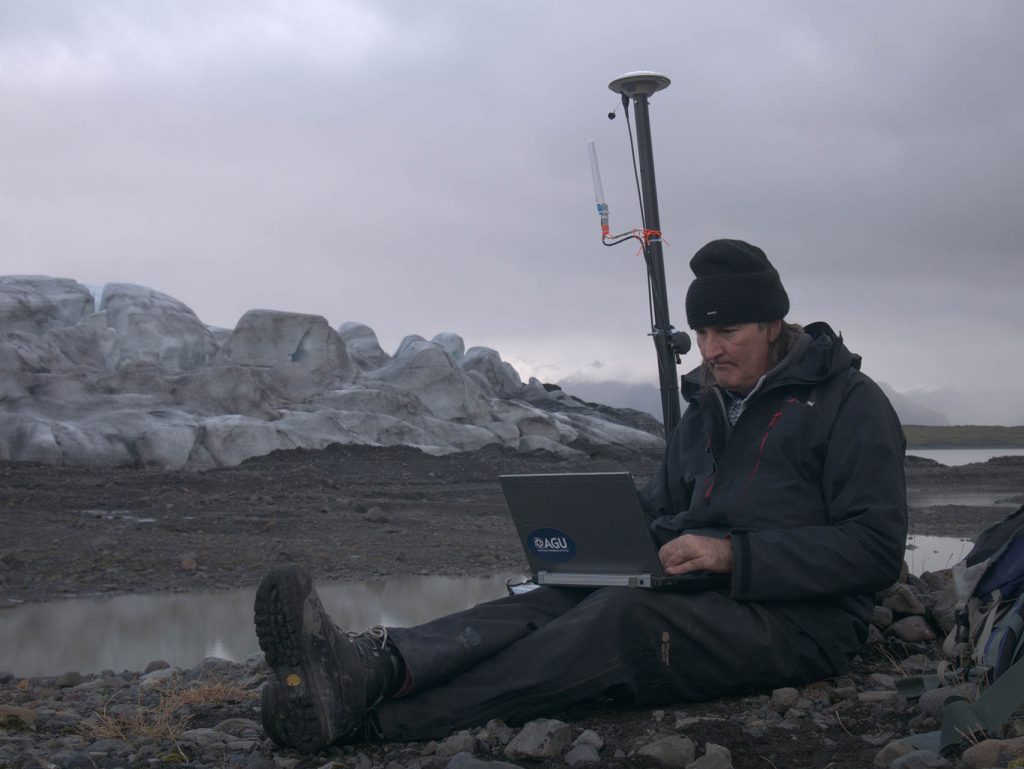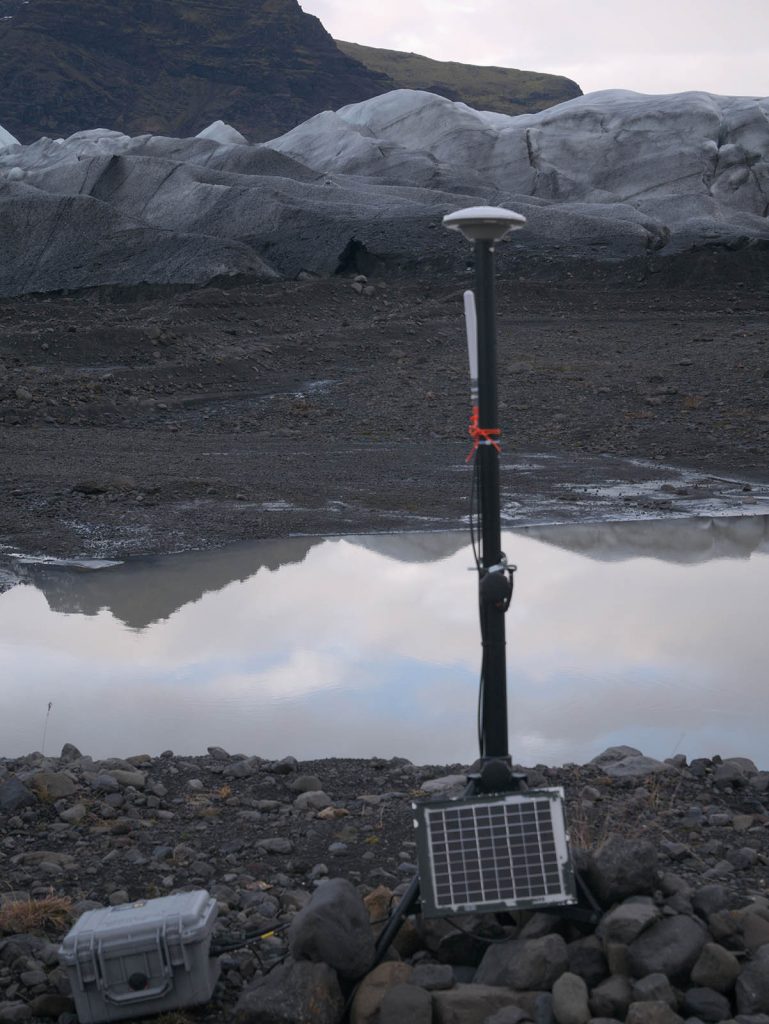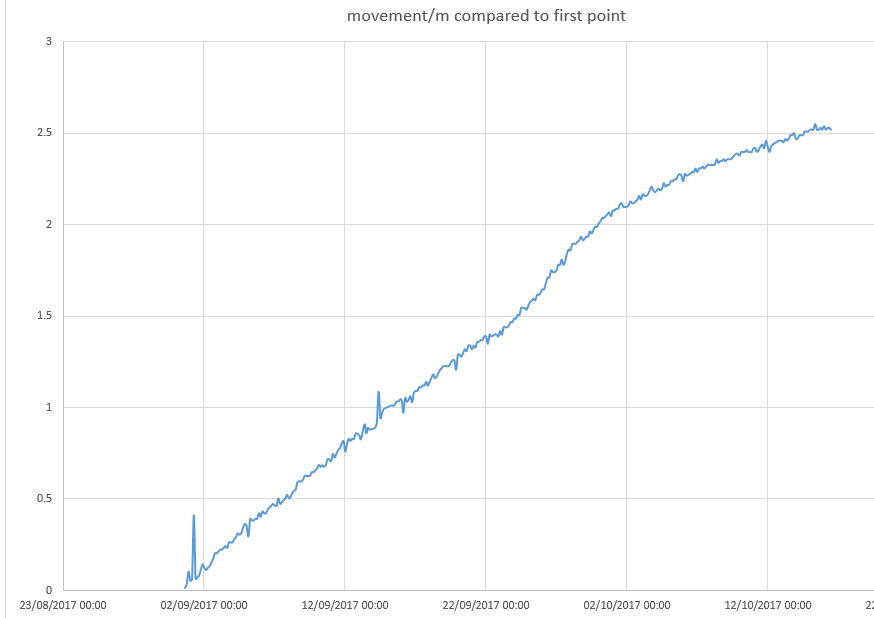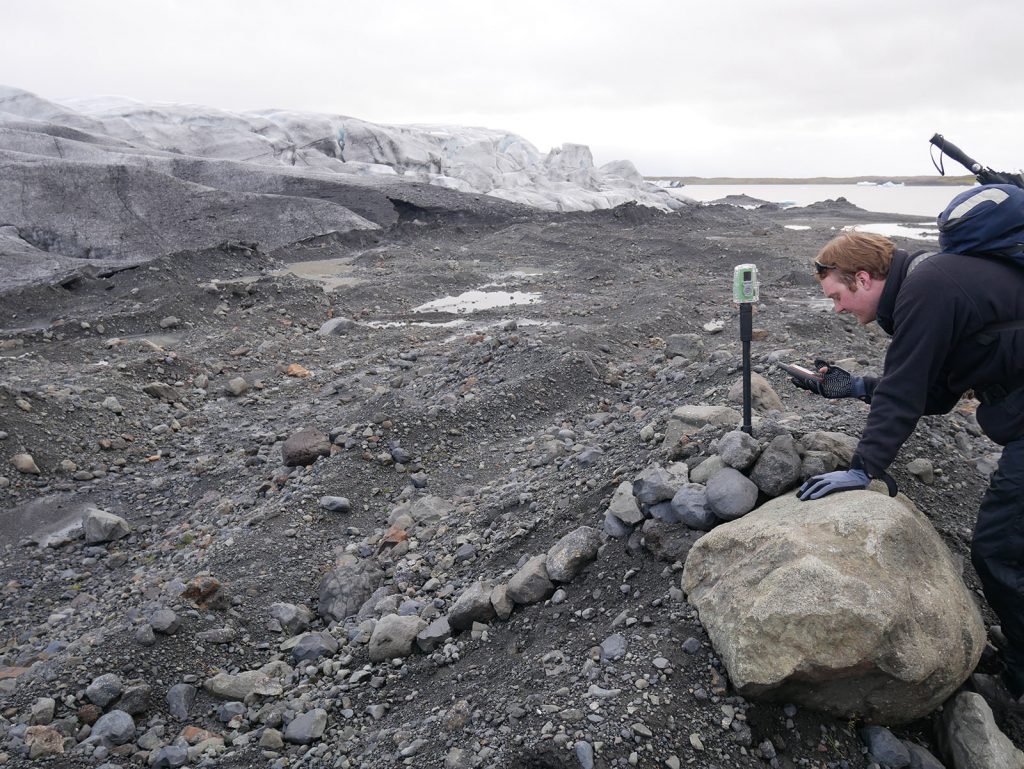here is a page on our 2018 Iceland fieldwork
Author Archives: Kirk
Timelapse video of Fjalls worked through the winter!
Initial 3D model looks promising
Sats used in the fixes
Testing Piksi Multi with the 2018 fimware
In preparation for deploying more systems in Iceland this summer – I updated our spare Piksi Multis and did a garden test. It performed very well!
I set them up to fix at 10Hz but report every 5 readings – so its closer to our slow system in Iceland. The fix hopped around within about 1.5cm – which is good for my garden as the sky box is not that wide.
Even the GPS system can have faults
“At around 5 AM Pacific Time (1 PM GMT) today (March 7th) the GPS satellites started transmitting inconsistent health information causing Swift Navigation receivers to exclude measurements from any satellites supporting the L2C signal. This has resulted in degraded or unavailable position information and decreased ability to achieve an RTK Fixed solution.”
We kept an eye on the data coming in – as it is not easy to go to Iceland and update the firmware..
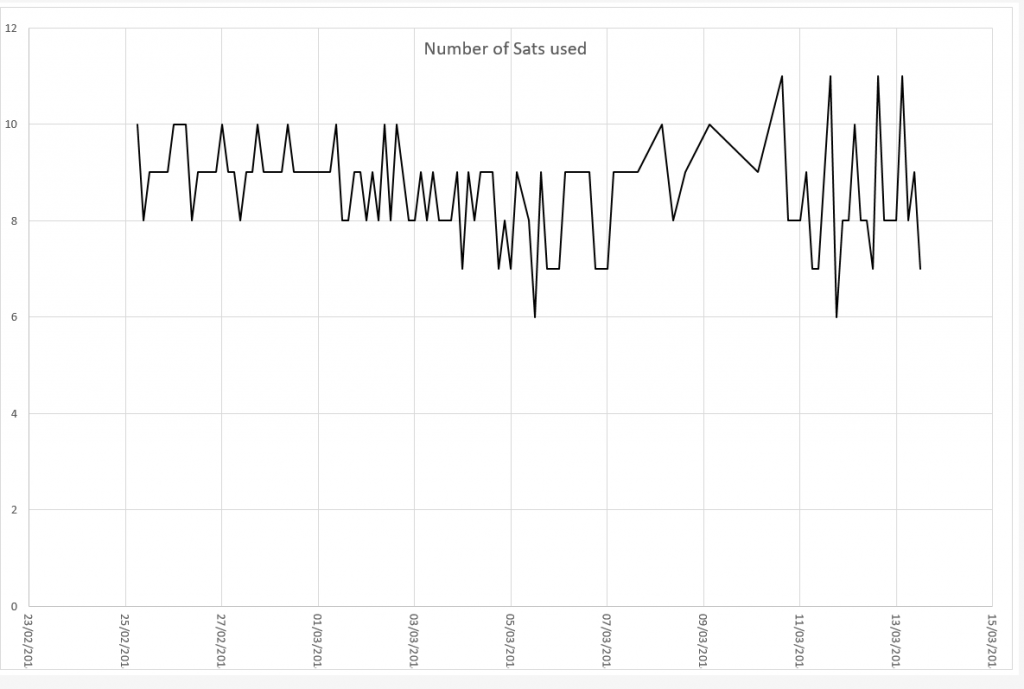
This plot shows how the gps behaviour changed after the march 7th announcement. Without knowing this we could have assumed it was caused by something like wet snow cover.
Formula E Sustainability News
There is a nice write-up from Formula E on Ice drive: a lasting legacy:

Video of Fjallsjokull
We just edited some footage of the fjallsjokull margin
Here you can see the recently exposed foreland and its moraines.
(video taken with 3DR Solo and GoPro5 – without gimbal – hence the slight wobble)
Some movement data
October 2017 fieldwork
In October Kirk and Phil went for a quick trip to swap out the Rockblock units and reset the base station at Fjalls.

